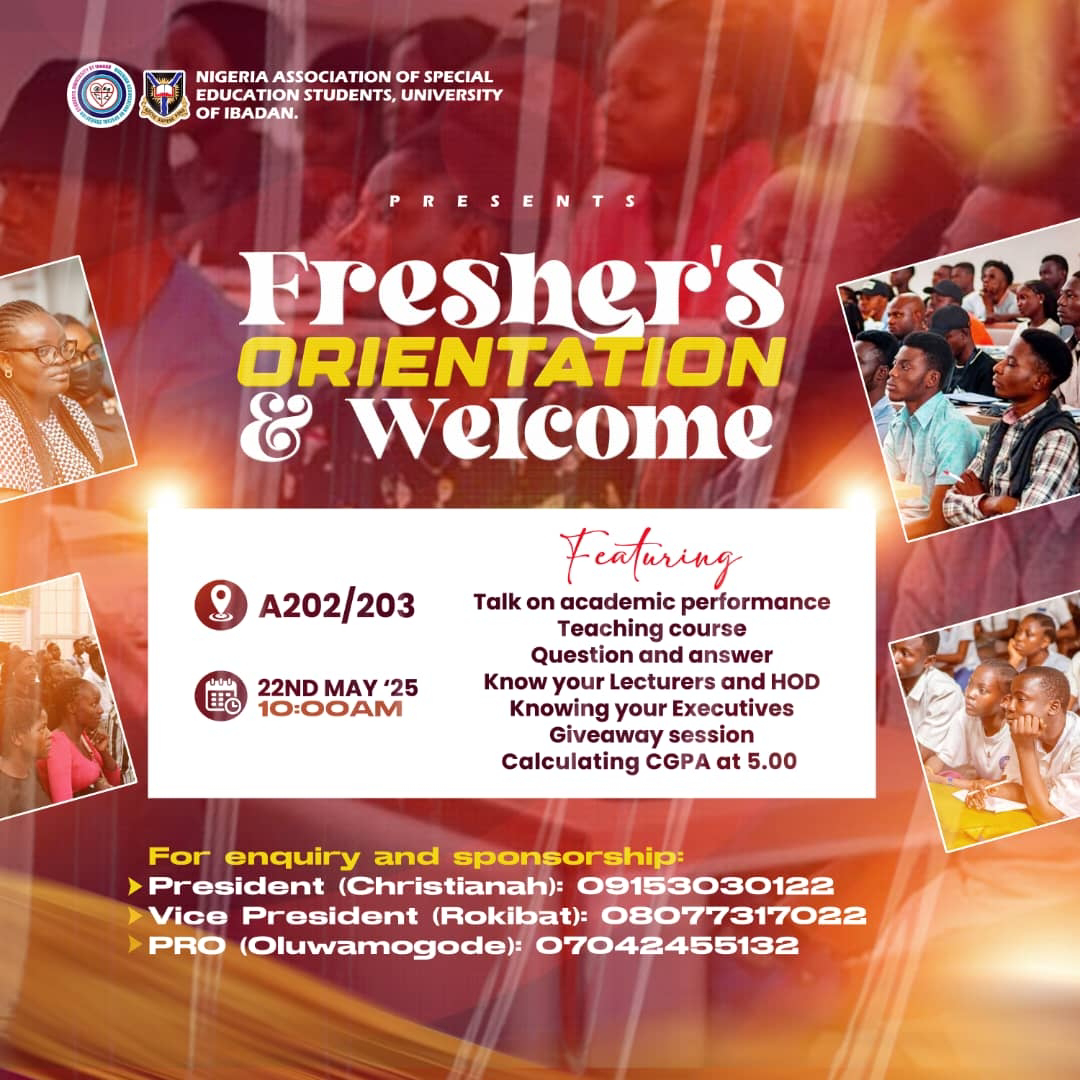BRIDGING THE GAP BETWEEN PERSONS WITH DISABILITY AND JOURNALISM
Journalism plays a vital role in informing society and shaping public opinion. It is essential that people with disabilities are included in this process, as they make up a significant portion of the population and have unique perspectives and experiences to contribute.
However, persons with disabilities are often
underrepresented in journalism, both as sources and as reporters. This can lead
to a lack of understanding and awareness about disability issues and can
perpetuate stereotypes and misinformation.
One challenge for persons with disabilities in
journalism is physical accessibility which can make it difficult to do their
job effectively. Additionally, some people with disabilities may require
accommodations such as assistive technology or sign language interpreters in
order to participate in interviews or press conferences.
Another challenge is ableism and bias. Journalists and
editors may unconsciously or intentionally perpetuate ableist attitudes and
language, such as using derogatory terms or portraying people with disabilities
as helpless or inspirational. This can contribute to a lack of diversity which undermines
the credibility of journalism as a whole.
To address these challenges, promotion of inclusion
and diversity must be considered in the hiring process, provide training on
disability issues for pressmen and ensure that their physical spaces and
technology are accessible. They can also work to identify and challenge ableist
attitudes and language in their reporting, and actively seek out diverse
sources and perspectives.
Ultimately, including persons with disabilities in
journalism can enrich the media landscape and improve understanding and
awareness of disability issues in society.



Comments
Post a Comment